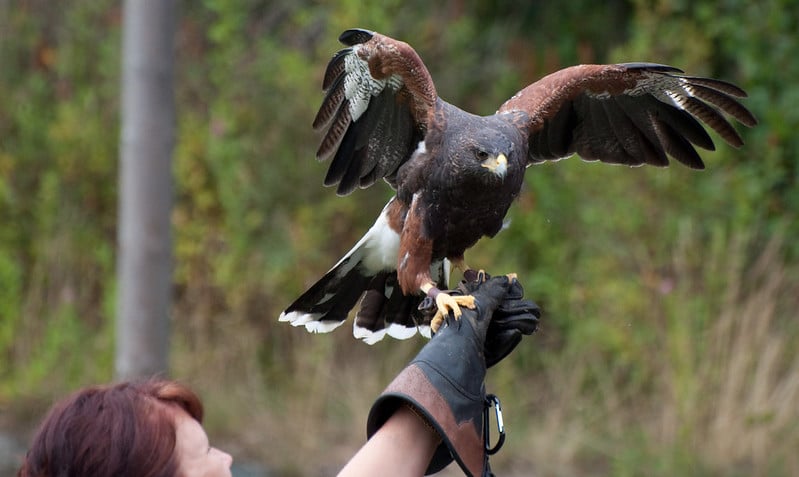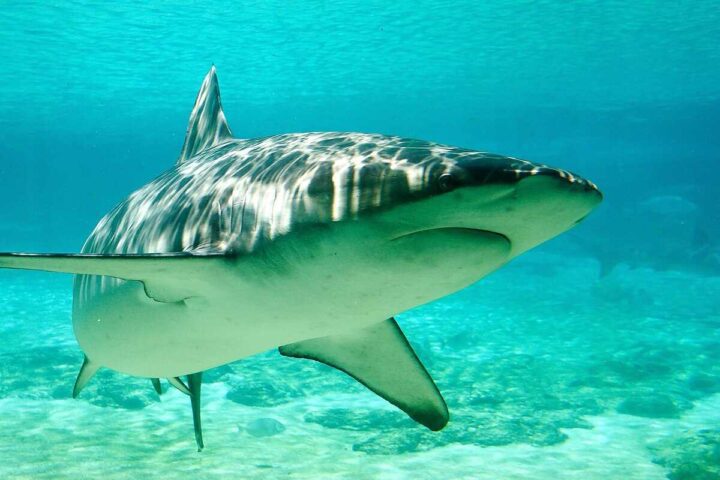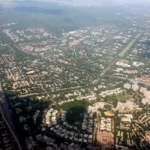Harris hawks are being employed at Royal Portrush to keep the skies clear of seagulls during the 153rd Open Championship. According to Reuters, four Harris hawks—Aurora, Belle, Caine, and Cheyenne—have been patrolling food zones since July 13 under the watchful eye of falconer David Trenier.
These birds of prey create a natural deterrent against gulls known for swooping down on spectators’ food in crowded areas. With around 278,000 fans expected throughout the tournament, this practical approach helps maintain a pleasant environment without chemical alternatives.
Joining the hawks is Pilgrim, a 24-year-old bald eagle, adding extra deterrent power while serving as an impressive sight for visitors. The combination provides comprehensive aerial coverage across the championship venue.
The Open returns to Northern Ireland’s Royal Portrush from July 17-20, where 156 players are competing for the Claret Jug. This marks the third time the championship has been held at this venue, following tournaments in 1951 and 2019.
Using birds of prey for pest control represents an environmentally friendly approach to managing nuisance birds. Harris hawks are particularly effective because of their natural hunting behaviors and adaptability to human environments.
This method mirrors similar successful falconry programs at other sporting venues. At Wimbledon, a Harris hawk named Rufus has been patrolling the grounds for years, keeping the tennis courts pigeon-free.
Falconry for pest management is gaining popularity across the UK and beyond. The practice leverages birds’ natural instincts to create a humane deterrent that doesn’t rely on chemicals or physical barriers. Seagulls instinctively recognize birds of prey as threats and tend to avoid areas where they’re present.
For the hundreds of thousands of fans attending The Open, these working birds provide both practical pest management and an unexpected wildlife element alongside world-class golf. As Scottie Scheffler, Rory McIlroy, and other elite players compete for golf’s oldest major championship, the hawks quietly handle their own important mission above.
The approach showcases how traditional falconry techniques can solve modern event management challenges, proving that sometimes the most effective solutions are those that work in harmony with nature rather than against it.



















